21
October
2016
event plant rental,
Plant,
Plant Display,
Rostrum Display,
speaker stand,
stage plants
Plant Display for Rostrum :
1) Event Plant Display - Mixed Color Theme Rostrum with Wooden Skirting
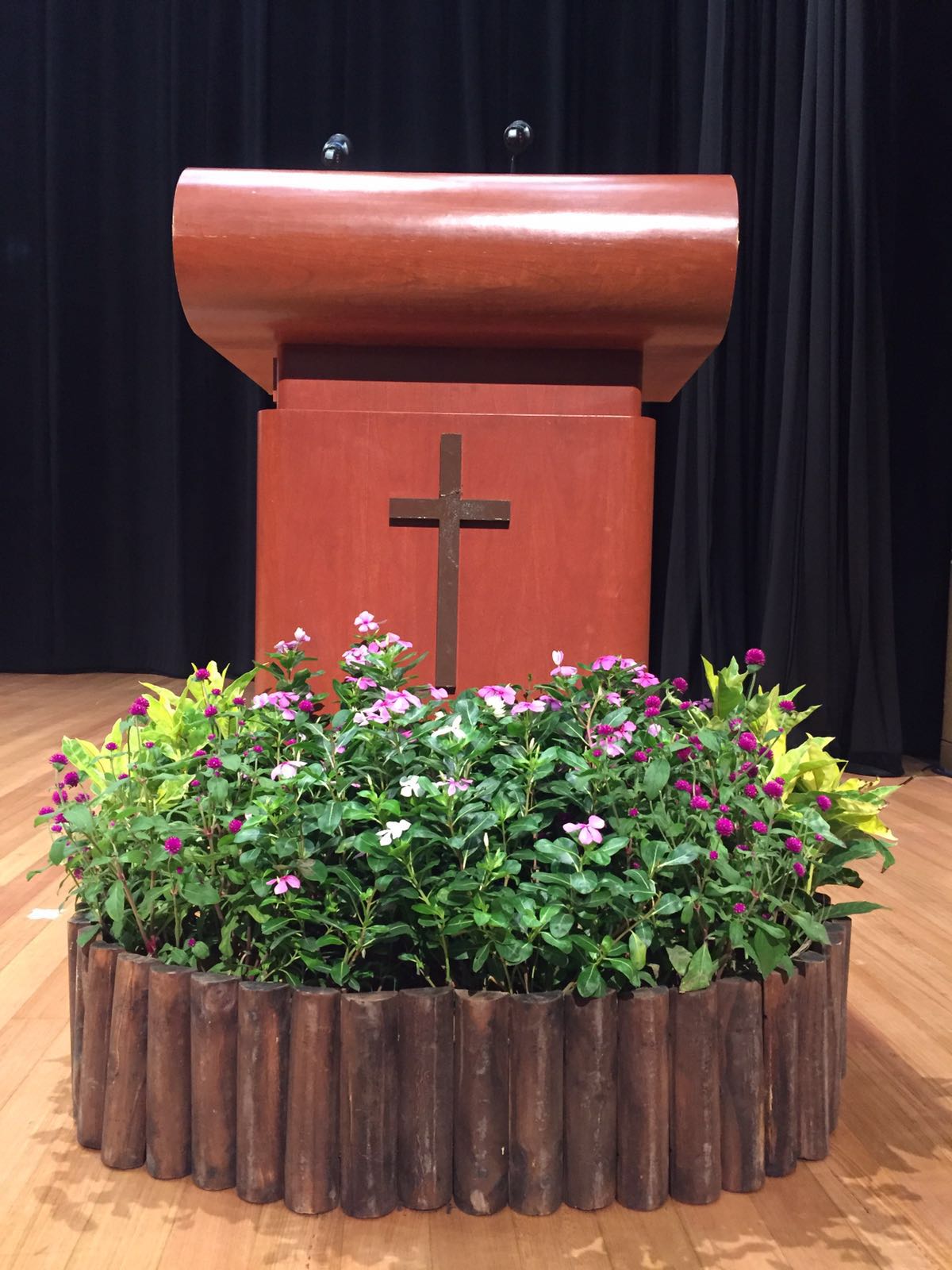
2) Rostrum Plant Display - Purple Green Theme Rostrum with Plants Skirting
Skirting

3) Rostrum Plant Display - Orchid Setup Theme Rostrum

4) Event Plant Display - Rostrum Orchid Setup

5) School Stage Plant Display - Red White Theme Rostrum
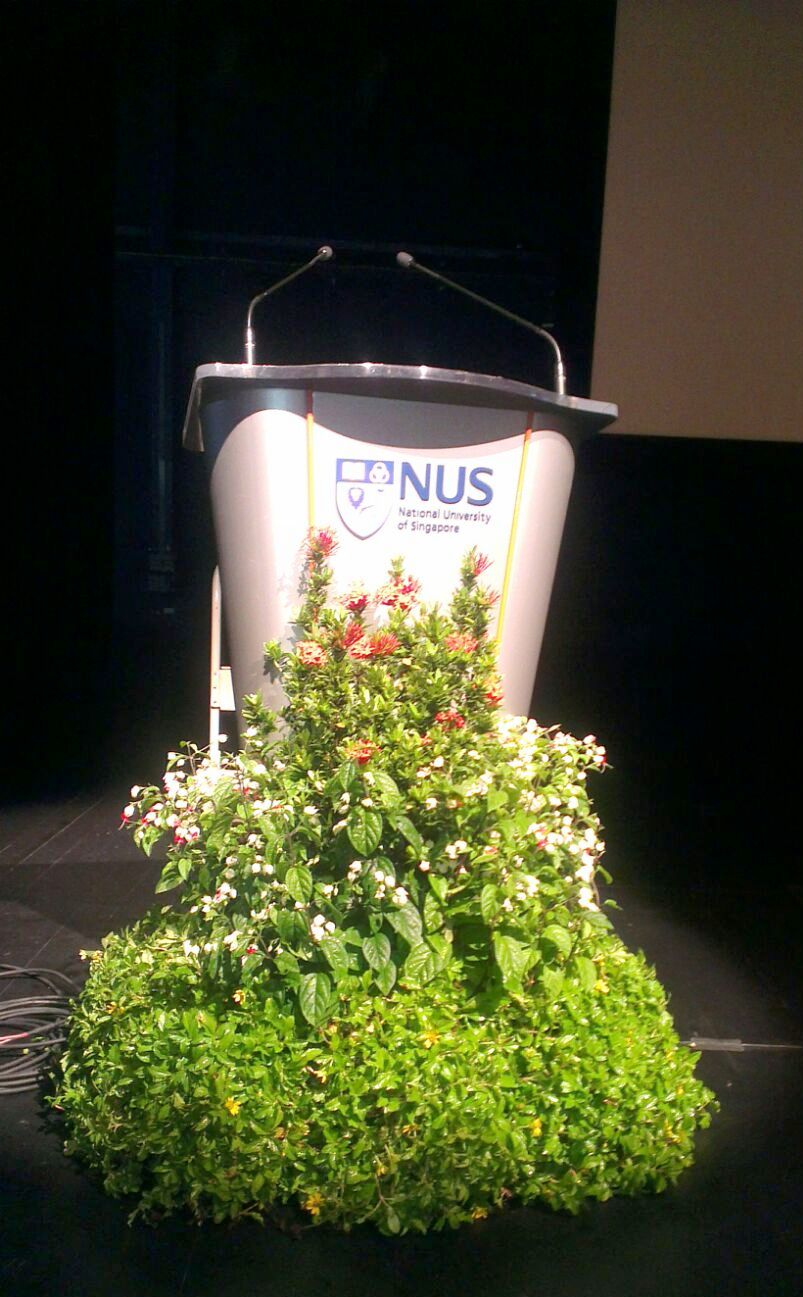
6) Event Plant Display - Rostrum with Wooden Skirting

7) School Stage Plant Display - Rostrum Display
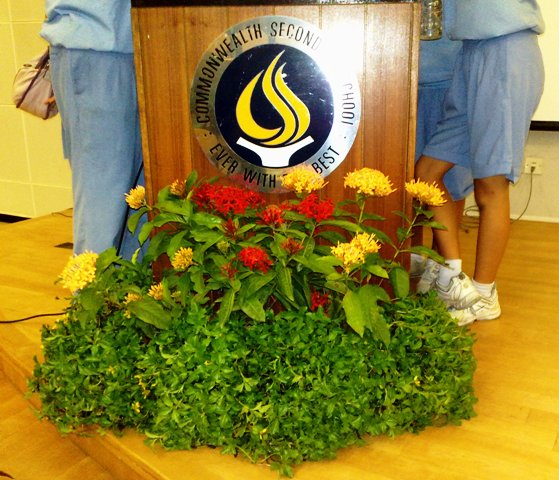
 Event Plant Display - Rostrum Display
Event Plant Display - Rostrum Display

 Justin
Justin  Event Plants Deco, Event Plant Rental, Plant Display & Arrangement, Plants Display & Arrangement
Event Plants Deco, Event Plant Rental, Plant Display & Arrangement, Plants Display & Arrangement  No Comments »
No Comments »
19
October
2016
Event Display,
event plant rental,
Onstage grouping,
Plant,
Plant Rental
Event Plant Rental - Onstage Display Grouping :
1) Event-Display-Grouping-On-Stage

2) Event-Display-Tropical-Theme-On-Stage-Grouping

3) Event Display - On Stage Grouping with Yellow Palm

4) Event Display - On Stage Grouping
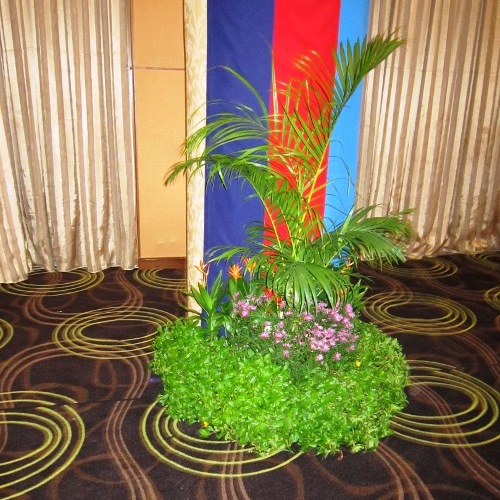
5) Event Plant Display - (Table Front) Catholic High Sec Sch

 Justin
Justin  Event Plants Deco, Event Plant Rental, Plant Display & Arrangement, Plants Display & Arrangement
Event Plants Deco, Event Plant Rental, Plant Display & Arrangement, Plants Display & Arrangement  No Comments »
No Comments »
7
November
2009
Algae Problem,
Crystal Clear Water,
Filter Cleaning,
Green Water Problem,
Koi Pond,
Koi Pond Maintenance,
Plant,
Pond Algae,
Water Plants
Koi Pond Maintenance - Need For Regular Partial Water Changes

Whether it is a pond or an aquarium, regular water change is recommended. Actually, partial water changes and it should preferably not be more than 50% of the water at a time. This is because fish (Koi included) does not like sudden changes to their living environment. This change could be in terms of temperature, pH and water chemistry.
Firstly, why are water changes necessary? Can I rely on my filtration system to remove fish waste and other debris like uneaten fish food, dead insects and plant matters?
A good filtration system should be able to trap solid debris through mechanical filtration and allows you to remove them easily during regular filter maintenance. However, mechanical filtration is not 100% efficient. Some of this debris will remain and settled at the bottom of your pond and filter. If not removed, they will accumulate over time and pollute the water.
A good filtration system should have a biological filter in addition to the mechanical filter. The bacteria in biological filter should remove dissolved fish waste like ammonia by converting them to nitrite, and then from nitrite to nitrate. This is done through bacteria action in the biological filter is known as the Nitrification Cycle. Ammonia and nitrite are harmful to fish and must be removed as soon as possible. Although nitrate is relatively harmless to fish, excessive nitrate when allowed to build up in the pond can still harm the fish. Excessive nitrate also leads to excessive algae growth which is not a pleasant sight although Koi feeds on algae.
Evaporation of water does not remove nitrates and other dissolved matters in the pond. Regular topping up your pond to replace water lost through evaporation is not considered a partial water change.
Water plants remove nitrates. Even if you have some water plants in your pond, it is unlikely that the plants can remove the nitrates at a sufficient rate compared to the amount of food consumed and waste produced by the Koi. Some advanced Koi keepers have explored the use of commercially designed trickle tower system to remove nitrates. These are quite bulky and not inexpensive. Most Koi keepers will resort to partial water changes to remove nitrates.
remove nitrates. Even if you have some water plants in your pond, it is unlikely that the plants can remove the nitrates at a sufficient rate compared to the amount of food consumed and waste produced by the Koi. Some advanced Koi keepers have explored the use of commercially designed trickle tower system to remove nitrates. These are quite bulky and not inexpensive. Most Koi keepers will resort to partial water changes to remove nitrates.
Besides removal of nitrates and other pollutants, some Koi keepers believe that regular water changes allow their Koi to grow better and healthier as minerals and trace elements useful for Koi growth are replenished through the added water. Koi tends to perk up and become more active after a partial water change.
How to do a water change? How frequently must it be done?
The aim is to maintain a stable pond environment with good water quality for your Koi. Therefore, frequent and regular small amount of water changes of about 10% are preferred over ad hoc and larger water changes. If your filter design allows you to carry out pond and filter maintenance and water changes easily, then a weekly interval should be sufficient. You may want to flush the bottom drains or perform other maintenance of your filter system while carrying out your partial water change.
Even with regular water changes, you should monitor the nitrate levels in your pond. Nitrate cause a slight brownish tint to your pond water. Other symptom of excessive nitrates is excessive algae growth! The most accurate way is to measure nitrate and water quality using a water test kit. Commercially available water test kits allow you to measure parameters like pH, nitrite, nitrate and oxygen levels. Nitrate level should be less than 25 mg/litre. Ad hoc water change is still needed if the water quality if not up to the mark.
Water that is removed will have to be replaced. If you are refilling your pond with tap water from the utility company, you will have to consider the additives to the water. The tap water contains chlorine to kill germs and it is also a fish killer. The chlorine will dissipate from the water naturally after a few hours. Depending on the water you are getting from the utility company, you could potentially do small percentage (less than 20%) of water change without using dechlorinator and not kill your fish. If you have an option to increase aeration to your pond like turning on a fountain or venturi pipes, you should do it. Aeration helps remove chlorine. Refilling the pond through a spray hose helps provides aeration and dissipation of the chlorine from the water as well. If you have to perform larger amount of water change, a dechlorinator to remove chlorine is strongly recommended. In any case, it is better be safe than be sorry.
Jeffrey Lee keeps Koi as a hobby and lives in Singapore.
Visit his website at http://my3ponds.blogspot.com where he shares his experiences with constructing and maintaining his 3 Koi ponds over the past 13 years. The site contains pictures of his ponds and Koi.
Article Source: http://EzineArticles.com/?expert=Jeffrey_HS_Lee
 Justin
Justin  Pond Maintenance
Pond Maintenance  No Comments »
No Comments »
6
March
2009
Floating Plants,
Plant,
Water Plants

Water plants are traditionally divided into three categories : floating plants, shallow-water bog or marsh plants and submerged plants. Easy available from garden centers and through mail-order catalogues.
are traditionally divided into three categories : floating plants, shallow-water bog or marsh plants and submerged plants. Easy available from garden centers and through mail-order catalogues.
1) Floating Plants
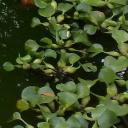
There are two categories of floating plants : free-floaters, which have roots hanging freely in the water, and attached floaters, whose leaves float on the surface but whose roots are attached to the bottom. Floating plants are easy to care for and efficient natural water filters, removing large quantities of nitrogen, phosphate and other substances from the water. They compete with algae for nutrients, thereby minimizing the chance of algal overgrowths.
2) Shallow-water bog or marsh plants
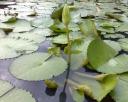



Plants that grow in shallow water with most of the plant above the surface, are included in this category. Many produce vegetation that is quite lush and varied. Bog plants grown in pots and scattered along marginal areas are beautiful additions to pond. Popular plants include the arrowhead plant (Sagittaria latifolia), unbrella plant (Cyperus alternifolius), pickerel weed (Pontederia cordata), water iris (Iris spp), sweet flag (Acourus calamus), and horsetail (Equisetum hyemale).
3) Submerged Plants
Submerged plants are rooted on the bottom, with their leaves totally below the surface. These plants are often sold for use in freshwater aquariums. Common examples include Cabomba, Elodea, and Ludwigia. Although they are excellent for removing nutrients and carbon dioxide from ponds, they are quicky uprooted and eaten by koi.
4) Sub Plants
New plants to be update
LED Downlights/Ceiling Lights
cheap LED Downlights/Ceiling Lights
LED Downlights/Ceiling Lights outlet
LED Downlights/Ceiling Lights wholesale
LED Downlights/Ceiling Lights online
LED Downlights/Ceiling Lights online shop
LED Downlights/Ceiling Lights outlet online
cheap LED Downlights/Ceiling Lights outlet
cheap LED Downlights/Ceiling Lights wholesale
cheap LED Downlights/Ceiling Lights online
cheap LED Downlights/Ceiling Lights shop
suggesting that investors anticipate a bidding war.Both Dollar General and Dollar Tree have some capacity to go a little bit higher with the offer price, said Joseph Feldman, analyst at Telsey Advisory Group.Dollar stores have been a popular choice for low- and middle-income U.S. consumers in a weak economy. At the same time, Wal-Mart Stores Inc and other large retailers which serve a similar customer base have been struggling with weak sales amid a cutback in spending and a shift in preferences to stores nearer to home.The U.S. market for dollar stores grew 45.7 percent to $48.2 billion between 2008 and 2013 and is expected to grow 18 percent in the next five years, according to Euromonitor International.But the growth has recently started slowing due to intense competition, Kahn said.We have a tremendous amount of strength in the rural communities and we have things to learn in the metro, Dollar General Chief Executive Rick Dreiling said on a conference call. Family Dollar is just the reverse.The combined company would have nearly 20,000 stores across 46 U.S. states and annual sales in excess of $28 billion.It would also allow Dollar General to retain its No. 1 spot among U.S. dollar stores. Dollar Trees $8.5 billion bid for Family Dollar, announced on July 28, would have vaulted that merged company ahead of Dollar General.Combined, the three dollar chains annual sales total about $35 billion - less than a tenth of Wal-Marts $473 billion.Dreiling, who will postpone a retirement planned for next year to stay on as CEO of the combined company through May 2016, said Dollar General had faced stiffer competition from new Family Dollar stores than from Wal-Mart.Both Dollar General and Family Dollar offer goods at multiple price points, while Dollar Tree sticks rigidly to a $1 or less format. This - along with the location of Dollar General and Family Dollar stores - would make Dollar General a more likely buyer, analysts said.Family Dollars presence is biggest in Texas and the eastern United States. Texas is also home to more Dollar General stores than any other state - more than 1,000 stores, or about a tenth of the total.Family Dollar said on Monday it was reviewing Dollar Generals offer, but has not changed its recommendation in support for a merger with Dollar Tree.Family Dollar had agreed to a $74.50 per share cash and stock deal with Dollar Tree las
exas and the eastern United States. Texas is also home to more Dollar General stores than any other state - more than 1,000 stores, or about a tenth of the total.Family Dollar said on Monday it was reviewing Dollar Generals offer, but has not changed its recommendation in support for a merger with Dollar Tree.Family Dollar had agreed to a $74.50 per share cash and stock deal with Dollar Tree last month.Billionaire investor Carl Icahn, who in June took a 9.4 percent stake in Family Dollar, had pushed Family Dollar to sell itself to Dollar General.On Monday, Icahn said he was surprised by Family Dollars deal with Dollar Tree.He questioned whether Family Dollar CEO Howard Levines future role at Dollar Tree could have influenced the company to go ahead with the deal.Dollar Tree said last month that Levine would remain as Family Dollar CEO after the acquisition.Icahn has cut his stake in Family Dollar to 3.6 percent from 9.4 percent as of July 30.Activist investor Nelson Peltz-led Trian Partners was Family Dollars second-largest shareholder as of July 27 with a 7.34 percent stake.Dollar Tree declined to comment.Dollar Generals offer, made in a letter to Family Dollars board, represents a premium of 3.2 percent to Family Dollars Friday close.The enterprise value of the offer is $9.7 billion, higher than Dollar Trees $9.2 billion.Dollar Generals shares closed up 11 percent at $64.14, while Dollar Trees shares closed down 2.4 percent at $54.26.ANTITRUST CONCERNSDreiling, who said he would not have announced his retirement had he known a deal between Family Dollar and Dollar Tree was under way, said antitrust approval for Dollar Generals bid was not a concern.Dollar General is prepared to divest up to 700 retail stores to get regulatory approval for the deal, the same percentage that Dollar Tree had proposed.Edward Jones analyst Brian Yarbrough, however, said that more closings or divestitures might be needed.Any market where they are dominant, and they are the only two players, is going to be questioned, he said. Antitrust lawyer Jared Bona of Bona Law, however, said the deal was likely to pass regulatory muster without much trouble.I would be surprised if this deal is challenged under the antitrust laws because Dollar General is apparently willing to divest up to 700 retail stores to obtain antitrust approval. Stating that up front means they probably don
 Justin
Justin  Water Plants
Water Plants  No Comments »
No Comments »
10
April
2008
Garden Plants,
Plant
Plant Habits
- Climberseg Bougainvillea ( Ornamental Flowers)

- Requires little water and full sun
- Shrubs eg Acalypha ( Ornamental Foliage)
- Cycads & Palms eg Cycas Pectinata
- Requires littel water and full sun
Red Palm
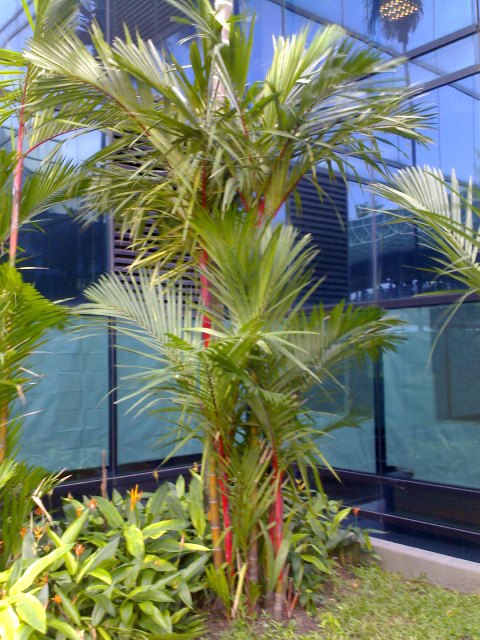
- Trees eg Alstonia scholaris (Wayside tress/palm)
- Requires moderate water and full sun
- Turf Varieties

 Justin
Justin  Garden Plants - Outdoor Plants
Garden Plants - Outdoor Plants  No Comments »
No Comments »
18
October
2007
Artificial Plants,
Bamboo,
Plant
Artificial Plants
1) Bamboo
 5ft Bamboo with Black Planter Pot USD780(S$1,018)
5ft Bamboo with Black Planter Pot USD780(S$1,018)
2) Bouganvilla Plants 1.5M
 1.5M Bouganvilla with white planter pot USD238(S$310)
1.5M Bouganvilla with white planter pot USD238(S$310)
3) Bamboo with long planter box
 6ft Artificial Bamboo in 3ft long Fibre pot. USD450(S$590)
6ft Artificial Bamboo in 3ft long Fibre pot. USD450(S$590)
Click on below link photo to do online order 
Artificial Bamboo in 3ft long plater (4-5ft)
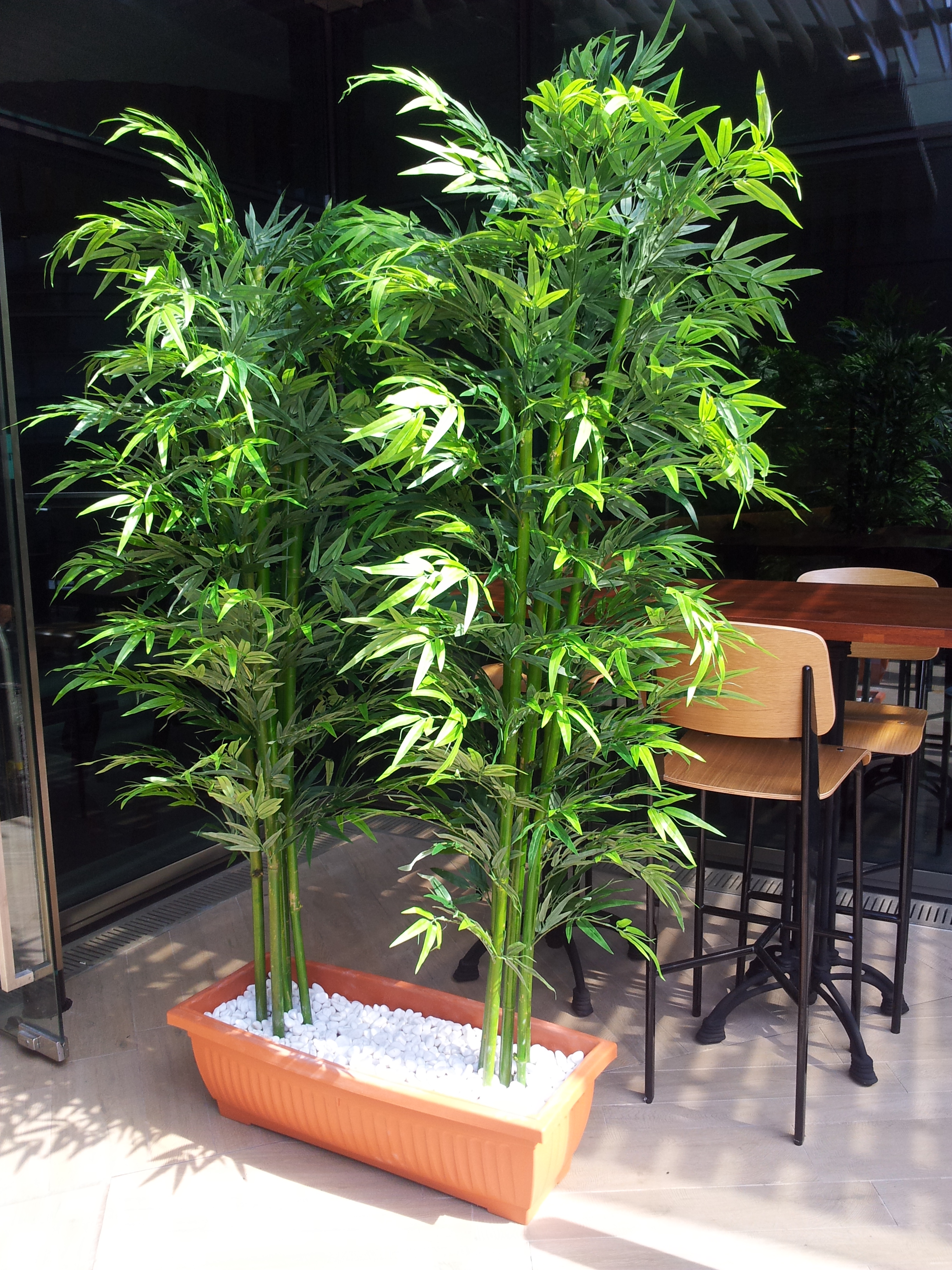
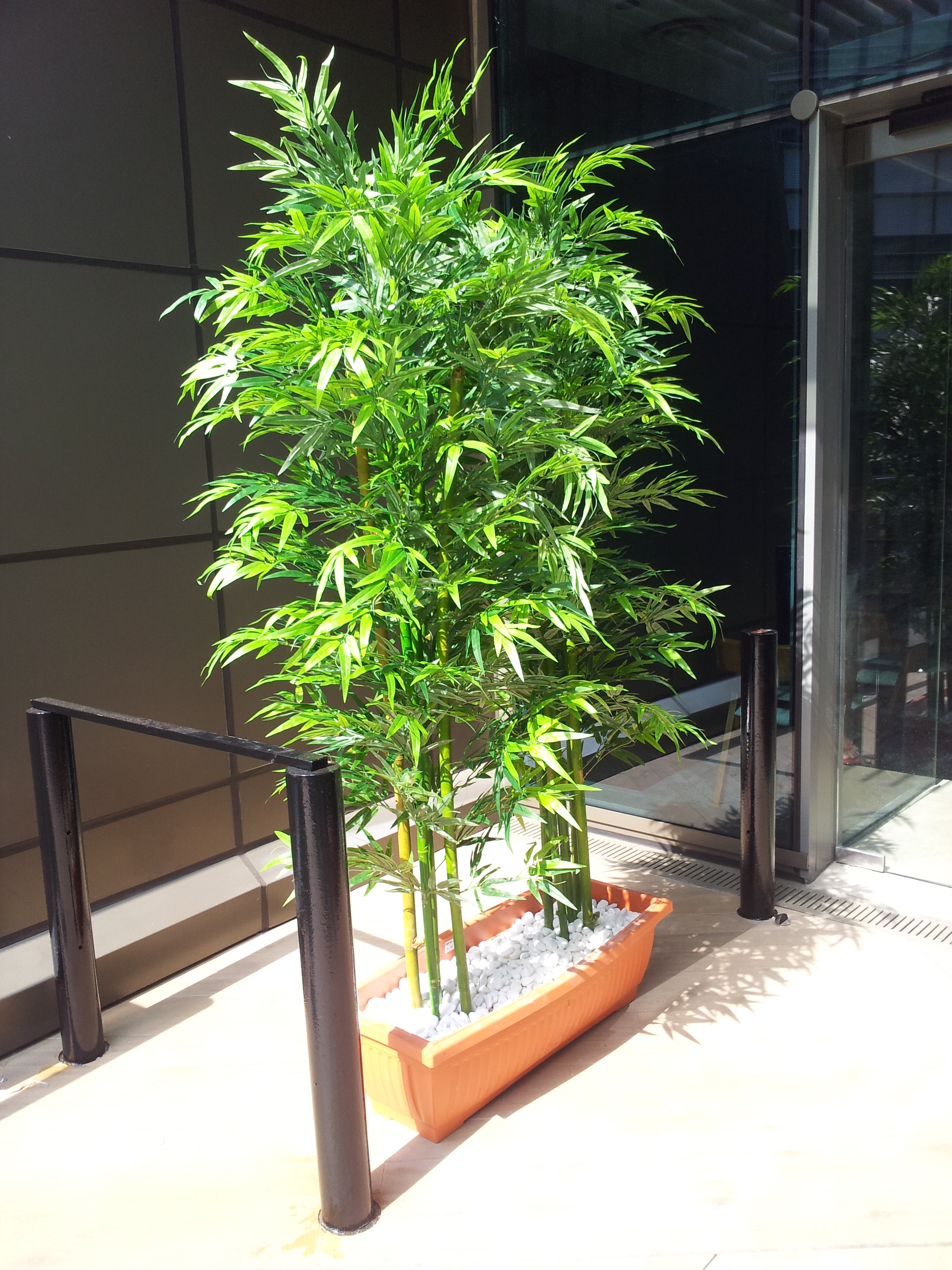
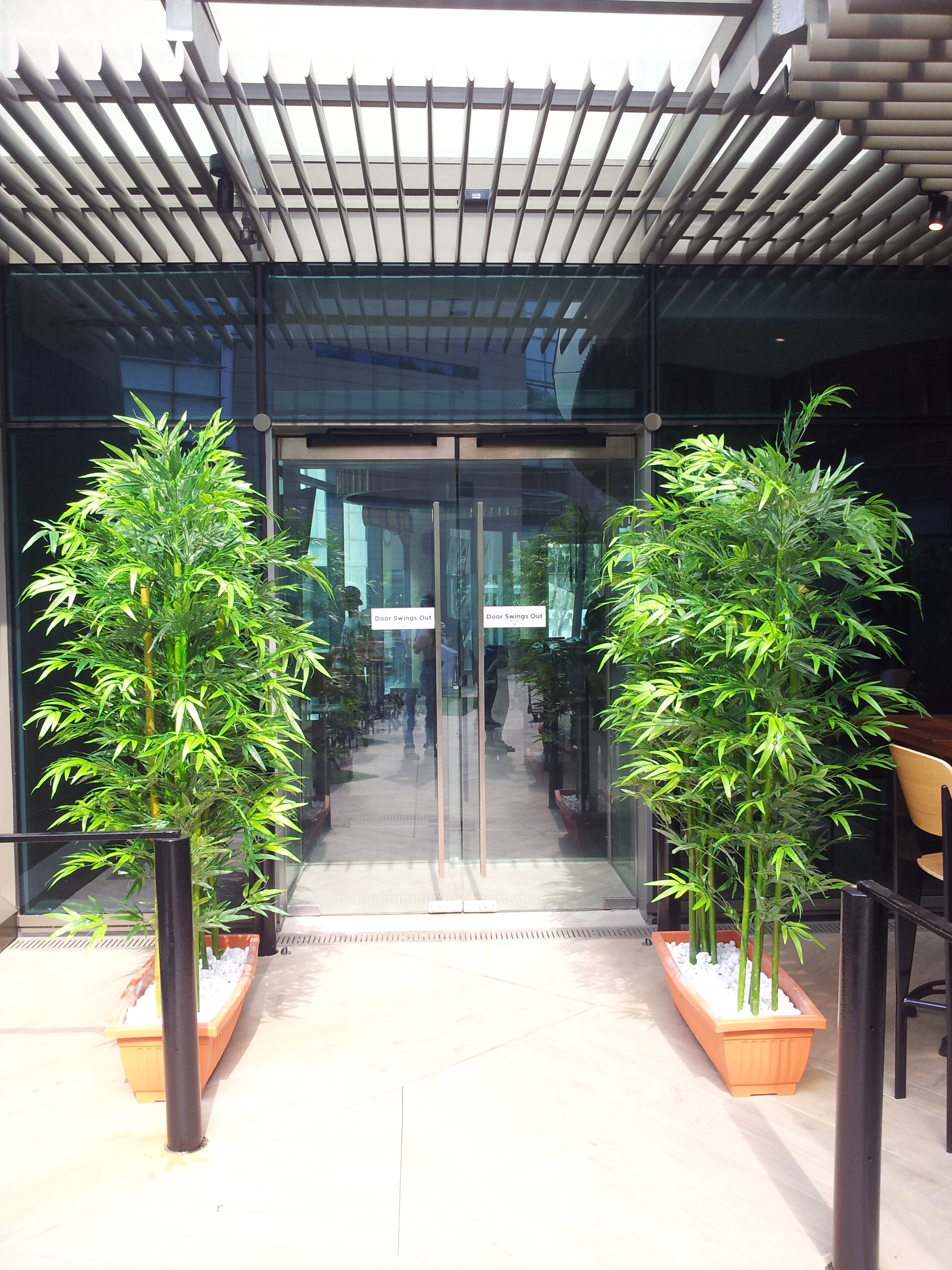
PROJECT



 Justin
Justin  Artificial Plants
Artificial Plants  No Comments »
No Comments »
 Skirting
Skirting


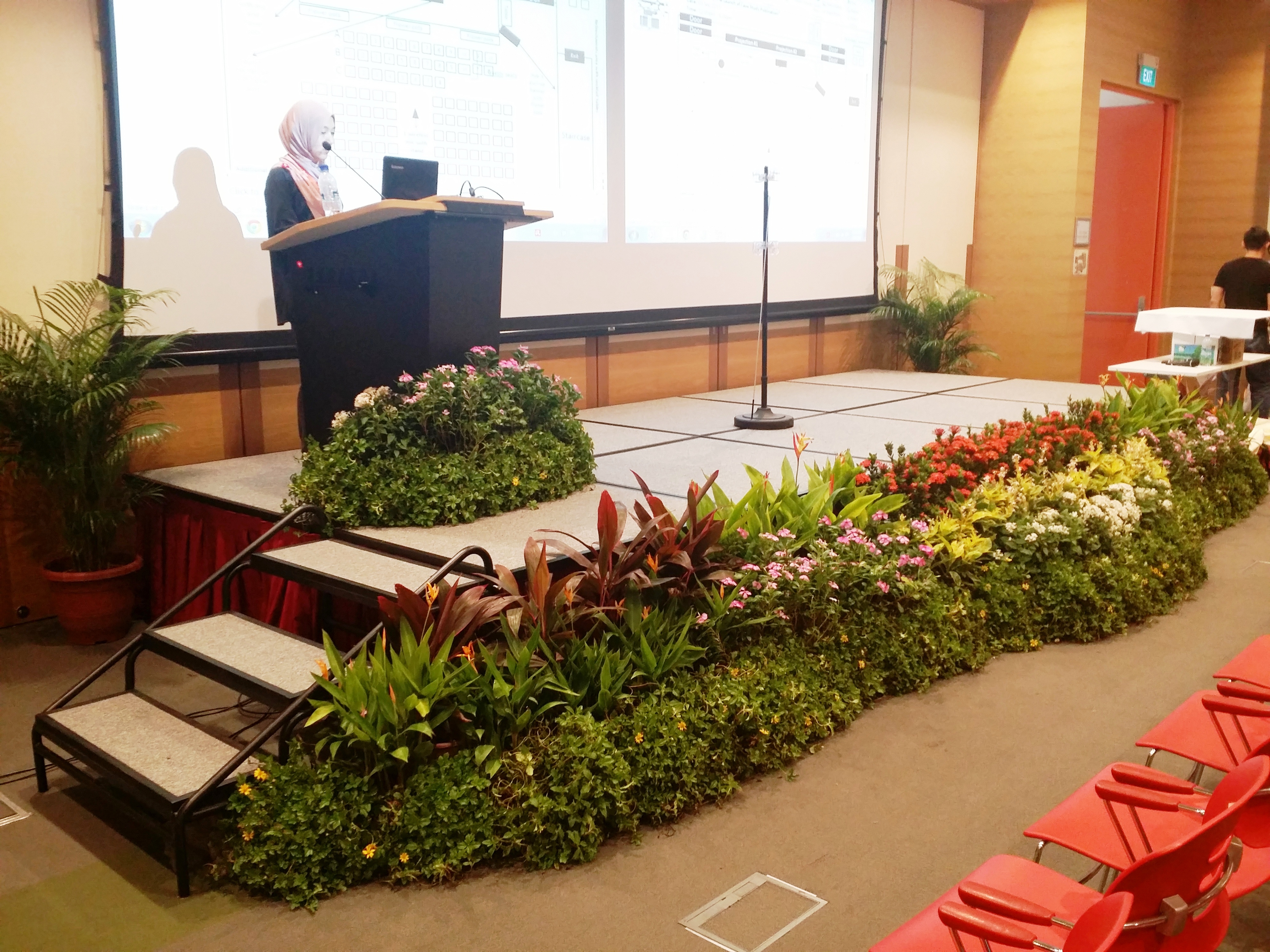 ADV SIZE 160x160 USD180
ADV SIZE 160x160 USD180




















 Justin
Justin 




















